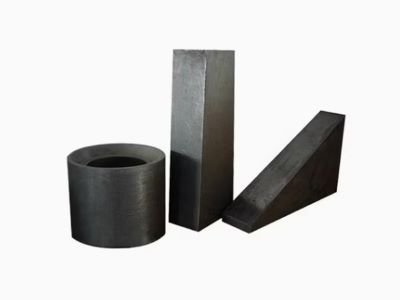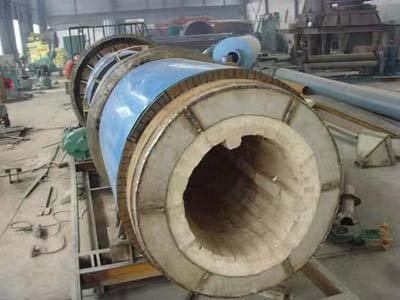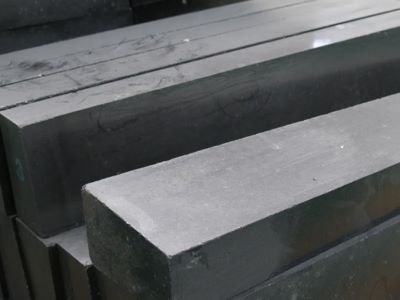Address
Building 1, Zone 1, Greenland Binhu International City, Zhengzhou, Henan, China
Work Hours
Monday to Friday: 9AM - 7PM
Weekend: 10AM - 6PM
Address
Building 1, Zone 1, Greenland Binhu International City, Zhengzhou, Henan, China
Work Hours
Monday to Friday: 9AM - 7PM
Weekend: 10AM - 6PM
Kilns are the “heart” of high-temperature industries like steel, cement, and glass. Their lining materials directly determine their lifespan and production efficiency. Ordinary refractories are often vulnerable to molten environments exceeding 1600°C, chemical attack, and mechanical erosion. Magnesia carbon bricks, with their unique properties, have become an indispensable “armor” for kilns. Why?
Kiln linings often face a triple challenge: ultra-high temperatures, severe erosion, and high erosion.

Ordinary clay bricks soften and deform at 1600°C, and high-alumina bricks corrode rapidly when exposed to alkaline slag. Magnesia carbon bricks offer a breakthrough with their “magnesia + graphite” combination.
Fused magnesia provides the foundation for a high melting point of 2800°C, giving the material high-temperature strength. Due to its non-polar nature, graphite is impervious to both acidic and alkaline slag, forming a dense protective layer that prevents slag penetration.
This powerful combination makes magnesia carbon bricks the ultimate shield for high-temperature furnaces.
The core advantage of magnesia carbon bricks lies in their “three resistances.”
High-temperature resistance: The structure is stable and does not soften, continuously withstanding temperatures exceeding 1600°C.
Corrosion resistance: Graphite blocks slag, offering three times the acid and alkali corrosion resistance of ordinary materials.

Thermal shock resistance: Graphite buffers thermal stress, maintaining structural integrity during rapid cooling and heating.
Taking steelmaking converters as an example, their lifespan can reach six times that of ordinary magnesia bricks (3,000 furnaces vs. 500 furnaces). The operating cycle of cement rotary kilns has been extended from six months to two years.
During kiln production, drastic temperature fluctuations are commonplace—rapid heating when charging molten steel and rapid cooling when pouring slag. Ordinary materials, due to their high thermal expansion coefficient, are prone to stress-induced cracking and spalling.
The graphite in magnesia-carbon bricks has a low elastic modulus and a low thermal expansion coefficient. This acts like a “cushion,” absorbing thermal stress, maintaining structural integrity under extreme operating conditions and significantly reducing furnace downtime and maintenance.
Although magnesia-carbon bricks are relatively expensive per unit, they offer exceptional value for money. They not only reduce maintenance frequency and stabilize the furnace lining environment, but also improve product quality and reduce energy consumption.
Take cement kilns as an example. The comprehensive economic benefits far outweigh the material price difference, making them a key support for cost reduction and efficiency improvement in the industry.

From steel smelting to cement calcining, magnesia-carbon bricks, with their unique properties, are the only choice for kilns to withstand extreme environments.
Of course, choosing a reliable refractory brick supplier and ensuring the compatibility of material properties with the process can maximize their core strength in protecting kilns and ensuring production.